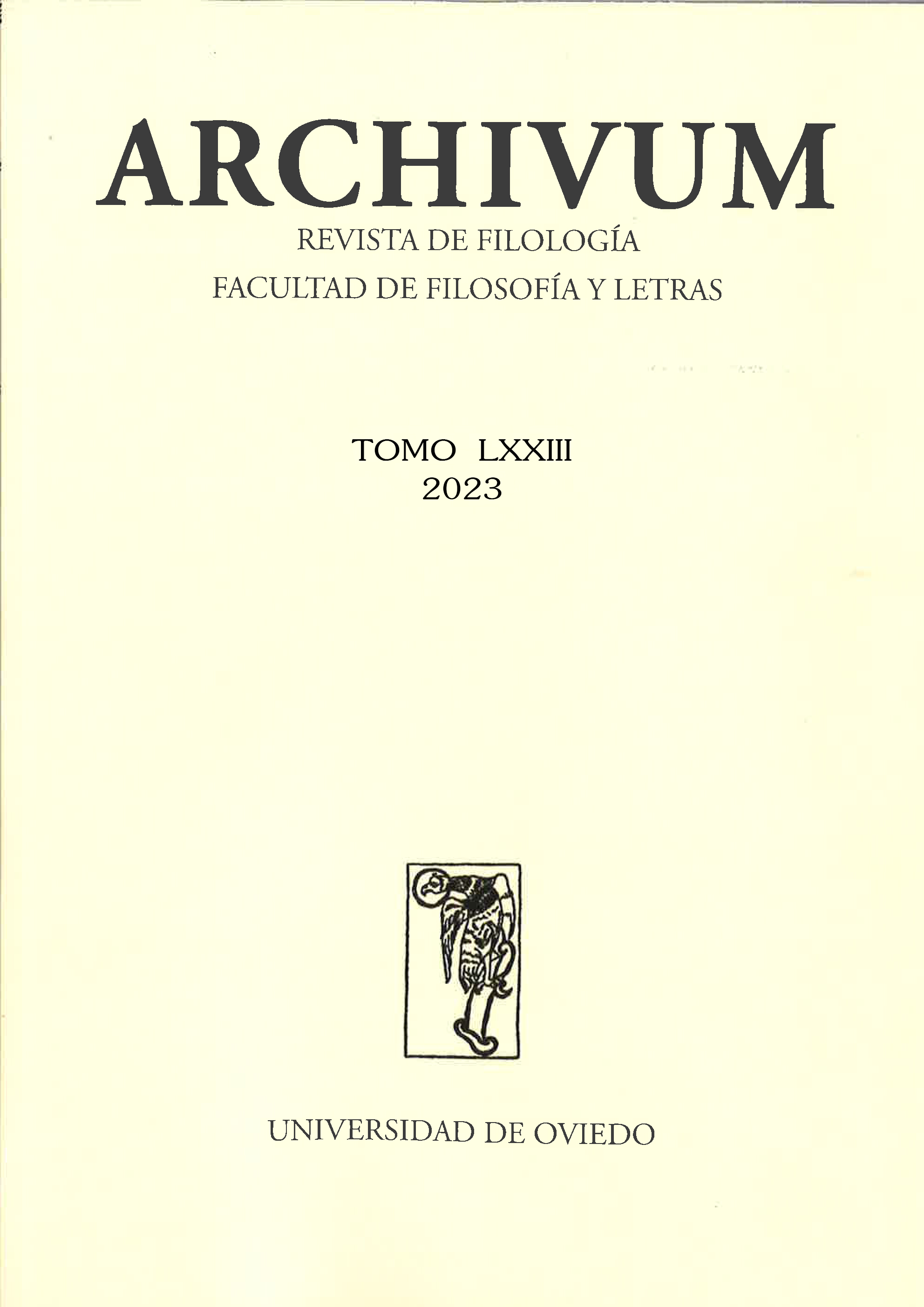Abstract
Lutz Seiler's novel Kruso (2014) places the narrative on the geographical (on the Baltic island of Hiddensee) and temporal (in the summer and autumn of 1989) boundaries of the German Democratic Republic. This is the setting for a particular group of intellectuals, artists and critics of the system, but also for the citizens who try to flee the country across the Baltic. In a poetic tone that is close to magical realism, Seiler not only offers a literary recreation of the time, but also takes part in contemporary discourses on memory and problematises the insufficient memory policies regarding the victims drowned in the Baltic. The aim of this article is to analyse the way in which the characters in the novel deal with loss and how it conditions their relationship with the space they inhabit. Based on the concept of 'contaminated landscape' coined by Martin Pollack, this article points out the mechanisms in the novel that establish the Baltic as a ‘contaminated landscape’ and shows the way the lives of the victims' relatives are also determined by the experience of loss. Finally, it will be analysed how the text, in its representation of the mourning processes that the characters go through, leads us from approaches to grief understood from a private and individual perspective to others that require a response to collective loss.
References
Assmann, A. (2013). Das neue Unbehagen an der Erinnerungskultur. Eine Intervention. C.H.Beck.
Brosche, G. (2020). Narrative der Männlichkeit(en) in Lutz Seilers Roman Kruso. Études Germaniques, (75), 353-369. https://doi.org/10.3917/eger.298.0353
Caruth, C. (1996). Unclaimed experience. Trauma, Narrative and History. The Johns Hopkins University Press.
Domínguez, L. (2020). Viernes o los limbos del Báltico en Kruso, de Lutz Seiler. En M. Maldonado Alemán (Ed.), Historia, espacio y memoria en la narrativa actual en lengua alemana (pp. 237-248). Editorial Síntesis.
Friedrich, G. (2018). Utopia: die Insel und das Land. Lutz Seilers Roman Kruso. En H. C. Stillmark y S. Pützer (Eds.), Inseln der Hoffnung. Literarische Utopien in der Gegenwart (pp. 29-40). Weidler.
Fuchs, A. (2017). Das Leben als Robinsonade. Überlegungen zur Chronopoetik von Lutz Seilers Kruso. En A.K. Gisbertz y M. Ostheimer (Eds), Geschichte, Latenz, Zukunft: zur narrativen Modellierung von Zeit in der Gegenwartsliteratur (pp. 29-45). Wehrhahn.
Giménez Calpe, A. (2023). “Warum druckt man die Meere nicht schwarz, wie die Augen der Toten, oder rot wie die Blut?” Kontaminierte Landschaft in Lutz Seilers Kruso. En G. Pichler, Ch. Jurcic, F. Roca Arañó y M. Siguan (Eds.), Inseln als literarischer und kultureller Raum. Utopien, Dystopien, Narrative der Reise (pp. 403-412). Peter Lang.
Huyssen, A. (2003). Present Pasts: Urban Palimpsests and the Politics of Memory. Standford University Press.
Kaminsky, A. (Ed.) (2007). Orte des Erinnerns. Gedenkzeichen, Gedenkstätten und Museen zur Diktatur in SBZ und DDR. Ch. Links Verlag.
Maldonado Alemán, M. (2013). “Introducción”. En M. Maldonado Alemán (Ed.), El discurso de la memoria en la narrativa alemana a partir de 1990 (pp. 9-11). Síntesis.
Müller, F. (2020). Fluide Grenzräume in Lutz Seiler Roman Kruso. En: L. Karlsson Hammarfelt, E. Platen y P. Platen (Eds.), Mauerfall und andere Grenzfälle (pp. 131-145). Iudicium.
Pollack, M. (2014). Kontaminierte Landschaften. Residenz Verlag.
Reina Palazón, J. L. (1994). La vida breve de Georg Trakl. En: Georg Trackl. Obras completas (pp.9-56). Editorial Trotta.
Seiler, L. (2017). Kruso, traducción de Carmen Gauger. Anagrama.
Snyder, T. (2011). Tierras de sangre: Europa entre Hitler y Stalin. Galaxia Gutenberg.
Zubarik, S. (2017). “Schiffbrüchige” auf Hiddensee. Gestrandete Körper vor und nach der Flucht in Lutz Seilers Roman Kruso. En T. Hardtke, J. Kleine y Ch. Payne (Eds.), Niemandsbuchten und Schutzbefohlene. Flucht-Räume und Flüchtlingsfiguren in der deutschsprachigen Gegenwartsliteratur (pp. 125-138). V&R unipress.

This work is licensed under a Creative Commons Attribution-NonCommercial-NoDerivatives 4.0 International License.

